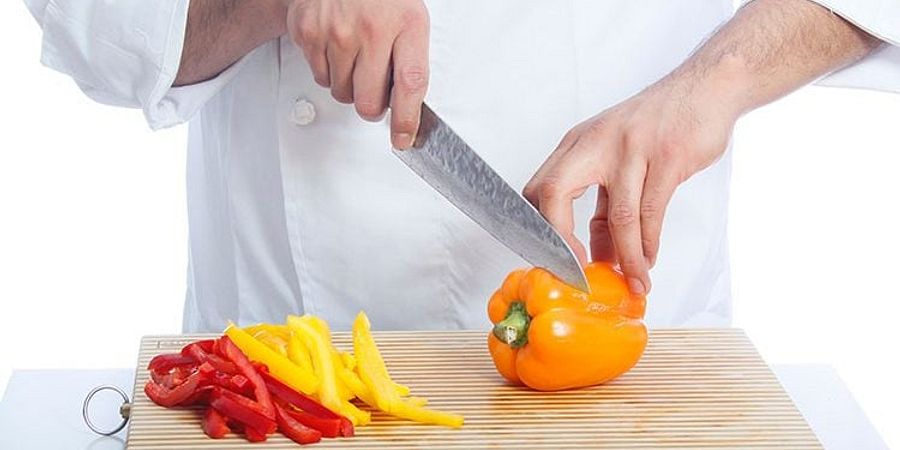Shop For Knives Like A Pro

Table of Contents
Each year, over a million people end up in the hospital emergency rooms due to knife injuries, which is the leading cause of accidents in the kitchen. One way to ensure safety is to stick to high-quality knives with sharp blades. This will allow you to cook incredible tasting meals quickly and confidently. If you are looking to take your food to the next level, then look beyond the ingredients to the equipment you are using. The knife will be one of your main cooking companions, so start by getting a set fit for a professional chef.
How many knives do you need?
It is better to have a smaller supply of really high-quality knives than a lot of cheap ones. A solid all-purpose knife, with a sharp blade made of good materials, will serve you better than many cheap specialized knives. However, it depends on what you want to do in the kitchen.
You may want a specialist knife for Japanese cuisine or a carving knife if you do a lot of roast meat. This can help you to find a niché within cooking. Start with an all-purpose knife and a chef’s knife for cutting and dicing, adding a smaller vegetable knife for peeling tasks. Three to five knives is a good start for a beginner, but build your collection over time.
Feel the weight and grip
There is no one-size-fits-all when it comes to knives. Think of it like the wands in Harry Potter and let the knife pick you. Before you buy anything, take the knife in your hand and feel its weight, grip, and balance. You should feel completely comfortable holding and using it. This often isn’t possible in-store, but you can buy a selection of knives, test them, and return the ones that don’t work for you.
In terms of weight, don’t be afraid of a heavier knife. This will allow you more control and precision when cutting heavier foods. For more delicate tasks such as skinning a salmon, you’ll want a lighter knife with a lot of flex in the blade. When it comes to balance, the highest quality knives will have equal weight on each side, giving you full control over their movements.
Avoid stainless steel
Getting the right knife preserves the flavor of the food when you chop, so be willing to spend a little more for the best material. Stainless steel tends to be used for cheaper knives, but it means a blade that goes blunt more quickly and takes longer to sharpen. Non-stainless carbon steel is the material of choice for most top chefs because it retains its sharpness for longer, meaning better tasting food and fewer chances of injury.
If you follow these tips, you’ll be using the tools of the professionals. Combined with other high-quality kitchen equipment, you’ll be able to make the most of your cooking skills. A sharp, high-quality knife means safe cooking and delicious results.
About the Author:
Jennifer Dawson is an experienced freelance writer who specializes in food and nutrition. Working in fitness marketing previously gave her a good feel for the industry and since going freelance she has been able to explore her preferred topic areas such as diet, nutrition, and food. Outside of work, Jen enjoys traveling, swimming, and spending time with her young family.
Share This!